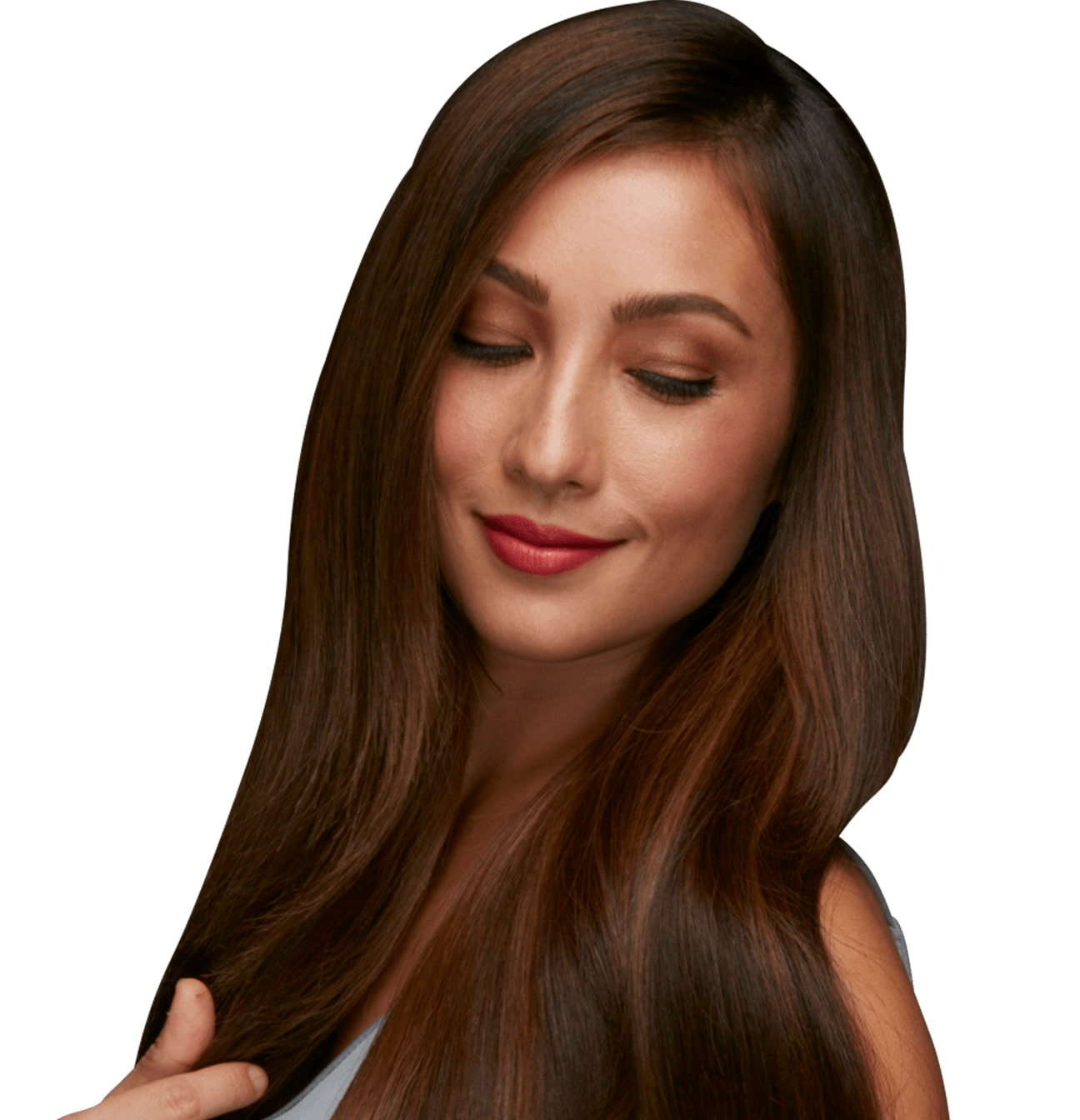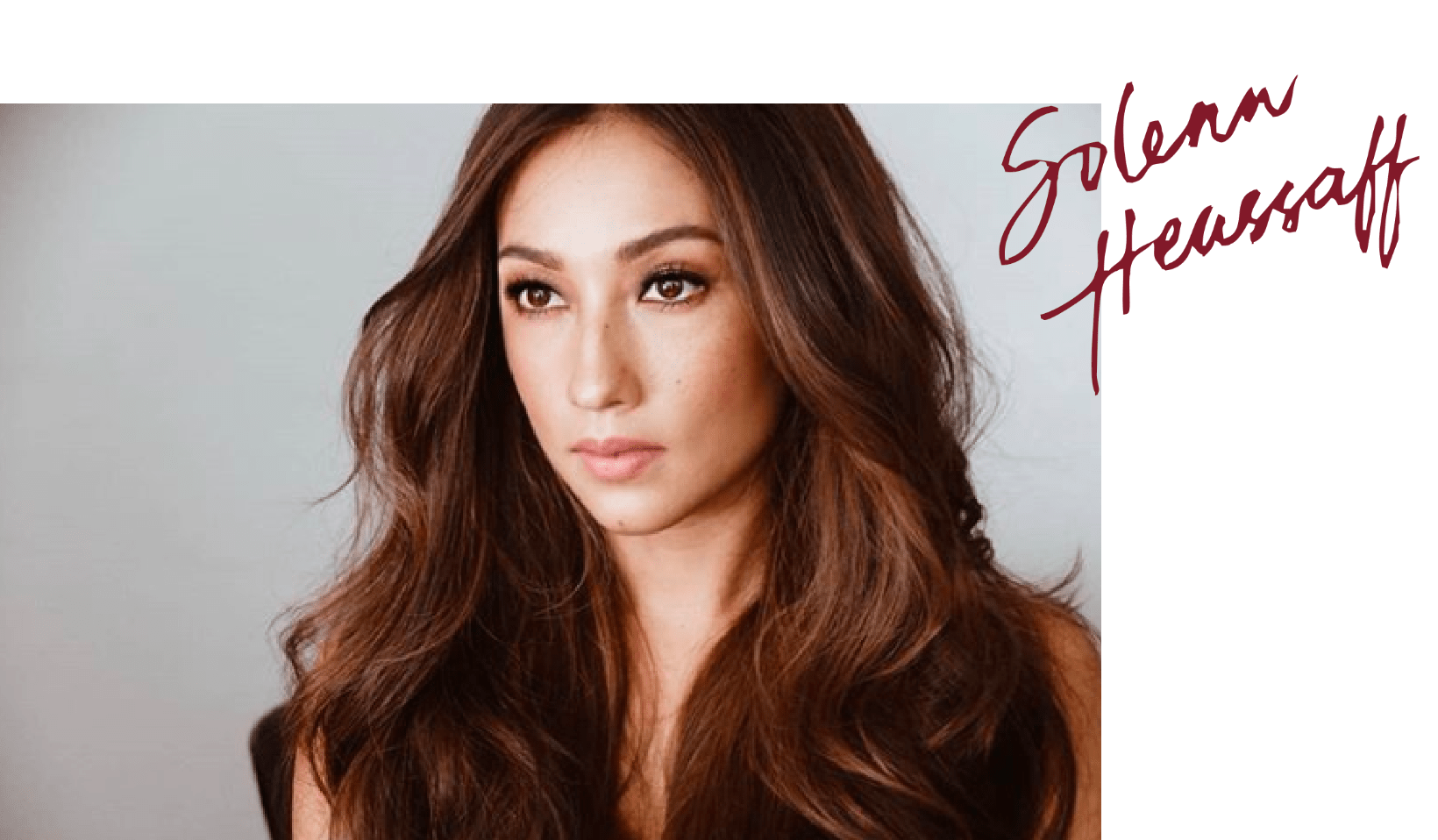




What's New
Stand out from the crowd with Kolours Signature Series! Co-created by Solenn Heussaff, our new formulation gives your crowning glory the royal treatment while protecting it from damage from root to tip.







Stand out from the crowd with Kolours Signature Series! Co-created by Solenn Heussaff, our new formulation gives your crowning glory the royal treatment while protecting it from damage from root to tip.

